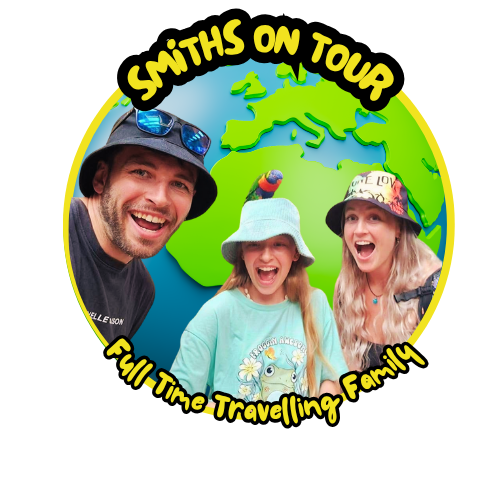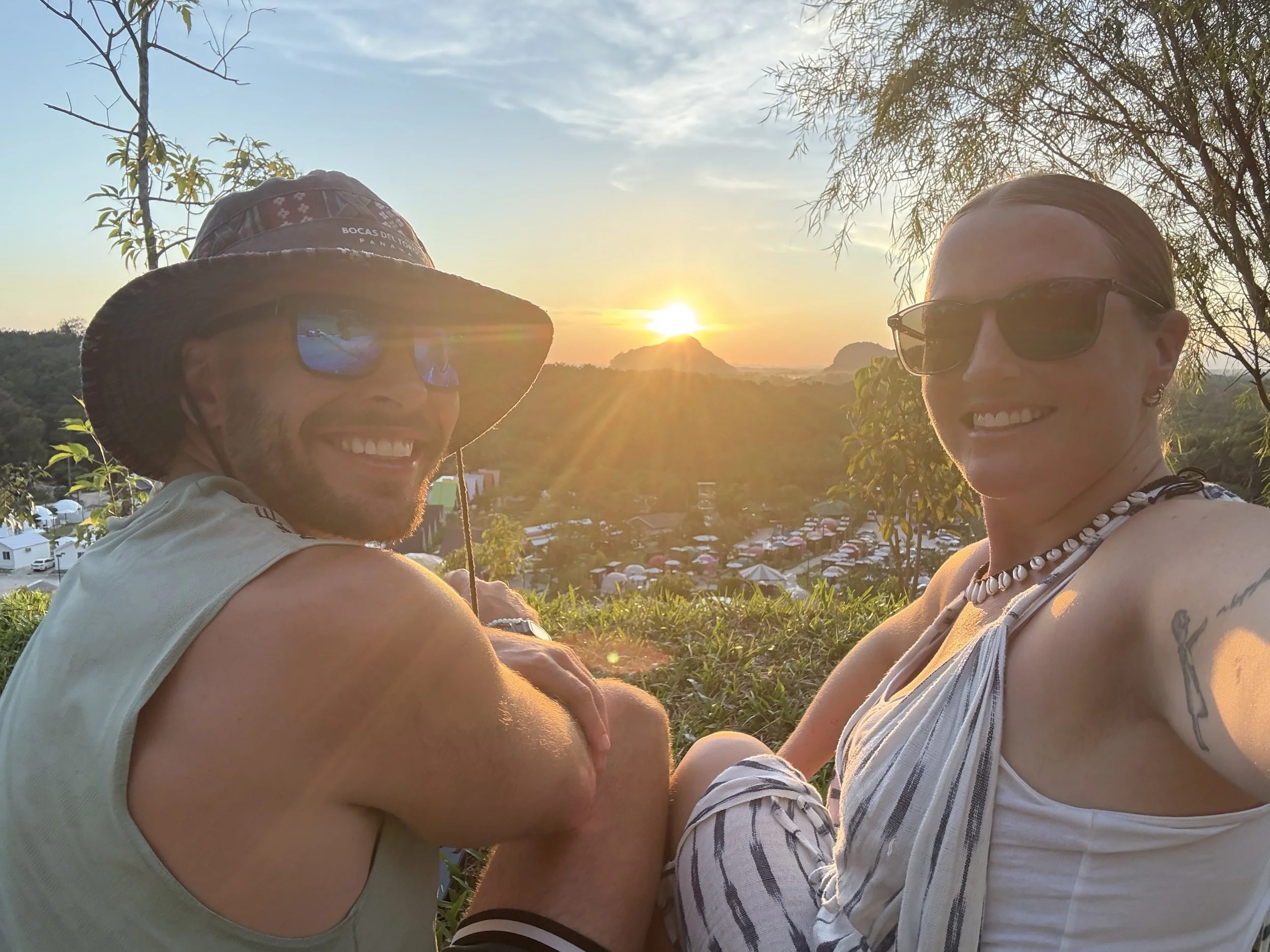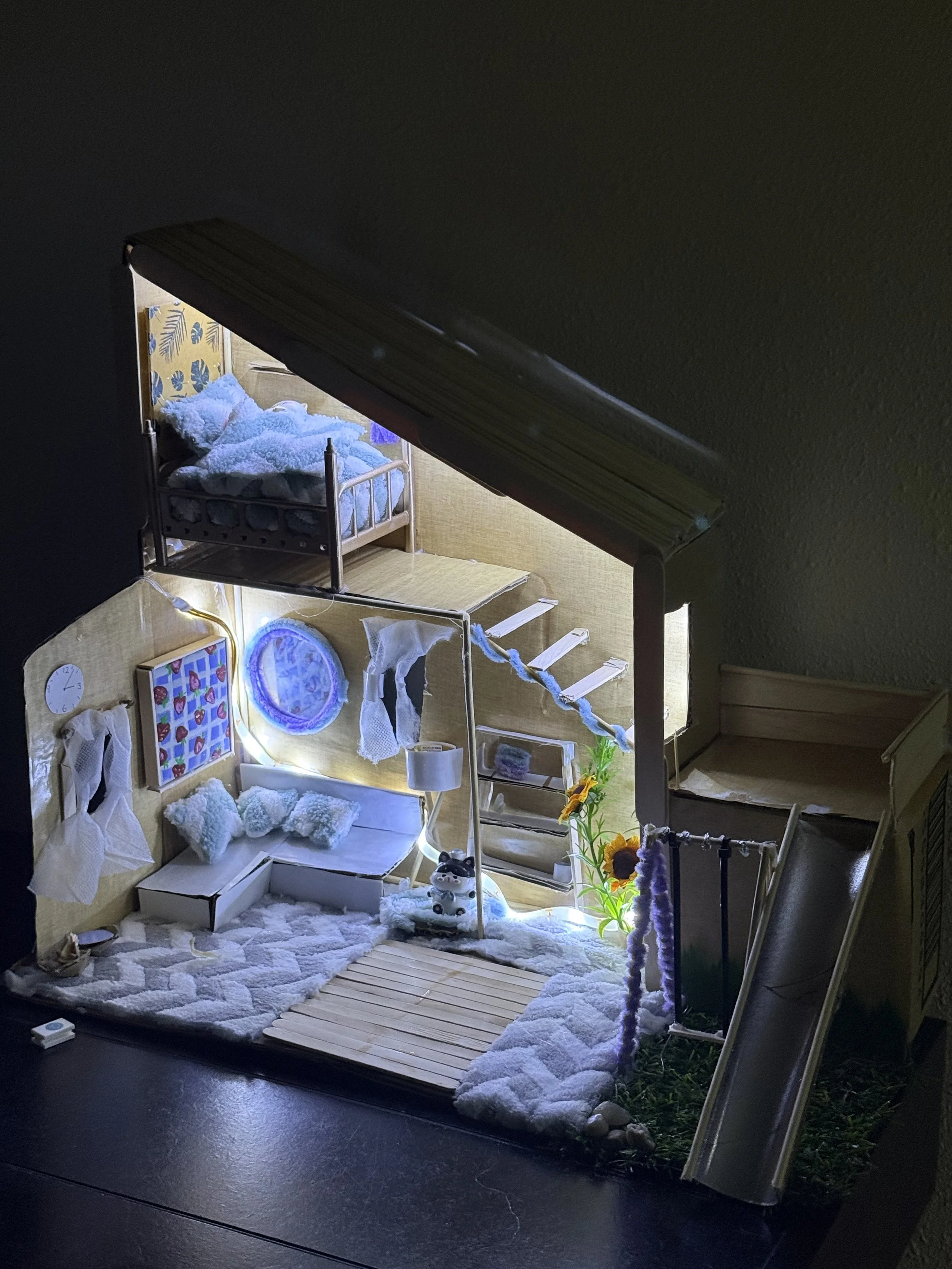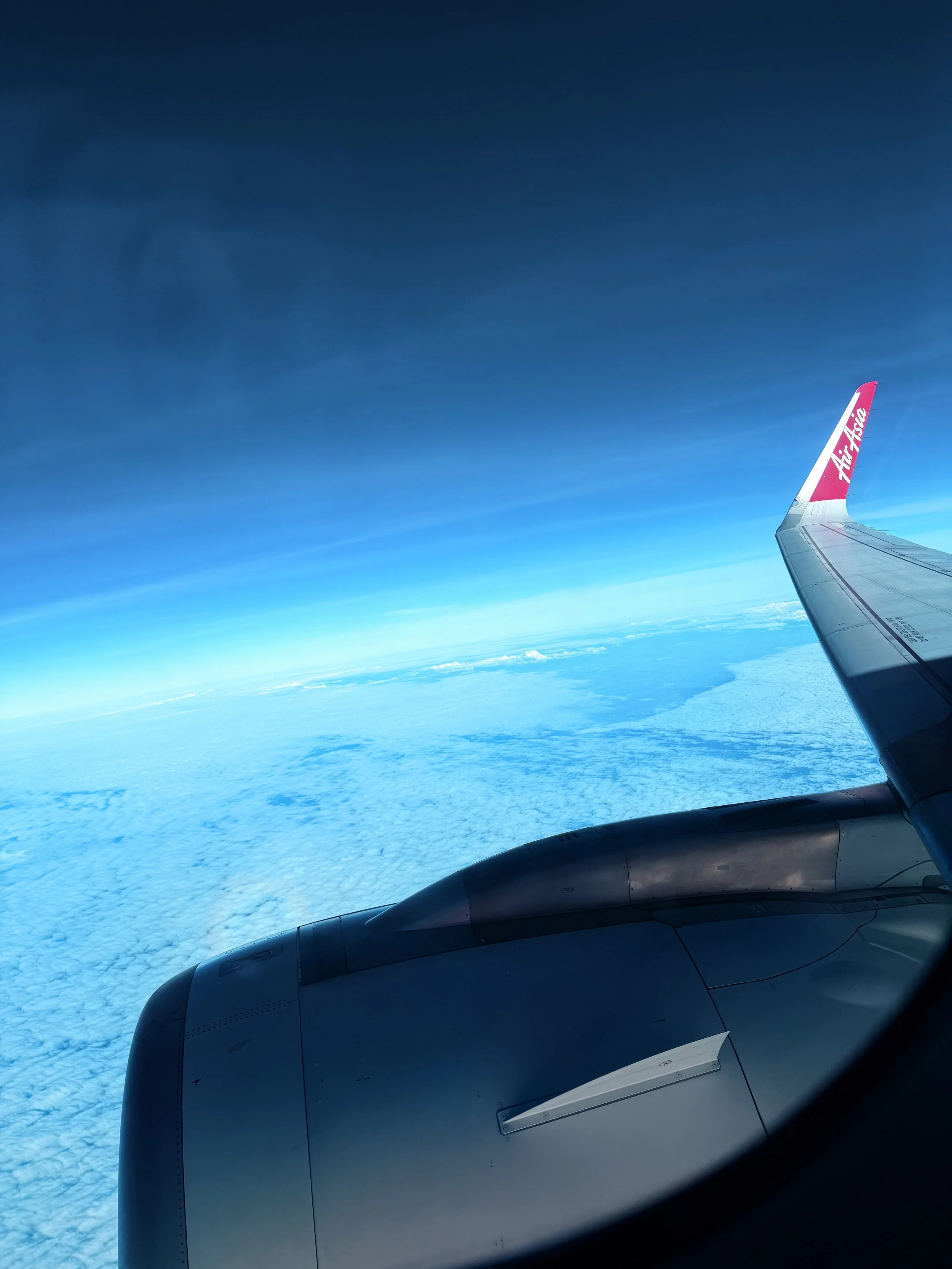🌍 The Beauty of Slow Travel: Why Long Stays Are Changing the Way Families See the World
By Smiths On Tour
When we first started full-time family travel, we were all about seeing as much as possible — new countries, new adventures, new experiences. But after nine months and eight countries on the road, we’ve discovered something life-changing: slow travel.
Instead of racing through destinations, we now stay longer in one place and really live there. We dive into local life, food, and daily rhythms — and it’s been one of the best decisions we’ve made on our search for a freer lifestyle.
🕰️ What Slow Travel Means for Families
Slow travel is choosing depth over distance. For families, it’s trading frantic checklists for everyday moments: morning markets, local bus rides, language practice with neighbours, and time to actually absorb a place. Rather than just ticking boxes, we build routines, find favourite cafés, and let the kids form friendships that last longer than a weekend.
For us, slow travel has turned travel from a string of holidays into a way of life.
Tilly making friendships and having fun whilst travelling full-time!
🏡 Why Long Stays Work for Travelling Families
If you’re juggling remote work, worldschooling, and family life, long stays are a game changer:
🌴 Lower costs — Monthly rentals or long-stay discounts often beat nightly rates.
🧺 Routine & comfort — Kids thrive on a little routine; a home base gives that stability.
🎒 Worldschooling potential — Tilly learns by doing: local crafts, markets, nature walks, and real projects.
🍲 Healthier eating — Access to a kitchen and local produce helps you eat well (and save).
💬 Community connections — Meet locals and other long-term travellers; friendships form naturally.
🧠 How Our Teen Learns on the Road
Tilly doesn’t follow a standard curriculum — she worldschools. Her learning comes from hands-on projects, journaling, and real encounters. Staying longer in one place gives her the chance to develop projects that have depth: documenting local crafts, trying community projects, and reflecting on what she’s learned in her journals.
Tilly´s worldschool project- all handmade (Tilly´s designed her house)
This type of education builds curiosity, independence, and real-world skills — things we value far more than test scores.
💬 How to Start Slow Travel as a Family
If you’re tempted to try long stays, here are practical steps we use:
Book monthly stays where possible — use longer-term rental options on Airbnb or negotiate with hosts for discounts.
Schedule less, live more — leave space for spontaneous discoveries rather than a packed itinerary.
Pack lighter — suitcases are getting heavy for us; consider backpacks or leaving a few things in storage for long stays.
Join local life — volunteer, take cooking classes, or attend community events to really connect.
Budget for experiences — focus spending on memorable activities rather than souvenirs.
🪴 Real Talk: The Struggles & the Joys
We won’t sugarcoat it — living out of suitcases gets tiresome. Constant repacking and extra luggage fees are a real niggle, and we’re seriously thinking about longer stays or setting up bases to reduce the hassle. Still, even with those headaches, slow travel brings a sense of calm and belonging we never had in our old 9-5 life.
🌞 Why Families Are Choosing Slow Travel
More families want meaningful travel that teaches and connects. Slow travel gives children time to absorb new cultures, helps parents work remotely with less stress, and lets the whole family build memories that matter. It’s about quality time, not quantity of stamps in a passport.
If you’re dreaming of escaping the daily grind, consider this your sign: slow down, stay longer, and let the world teach you.
✈️ Where We’re At Now
Nine months into our journey, eight countries explored, and still searching for a lifestyle that fits us better than the life we left in the UK. No end in sight — the search continues, and we’re excited for what’s next.





